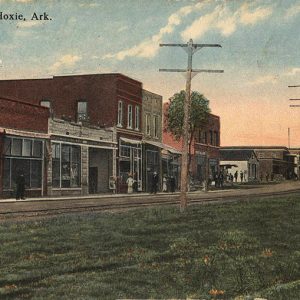 Hoxie Street Scene
Hoxie Street Scene
County: Lawrence
 Hoxie Street Scene
Hoxie Street Scene
Imboden (Lawrence County)
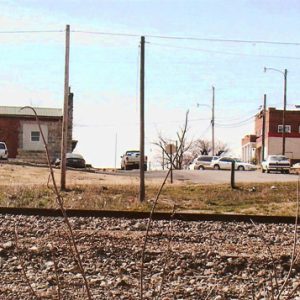 Imboden
Imboden
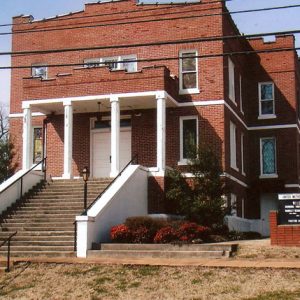 Imboden United Methodist Church
Imboden United Methodist Church
 Imboden
Imboden
 Imboden Flood
Imboden Flood
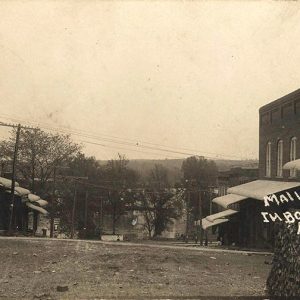 Imboden Street Scene
Imboden Street Scene
Kahl, Gordon (Shooting of)
aka: Smithville Shootout
King, Helen Martin
Lake Charles State Park
 Lake Charles State Park
Lake Charles State Park
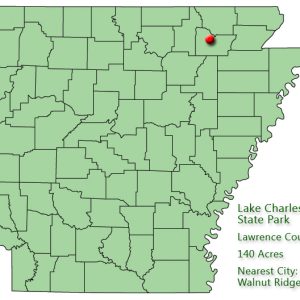 Lake Charles State Park: Park Location
Lake Charles State Park: Park Location
Lawrence County
Lawrence County Courthouse
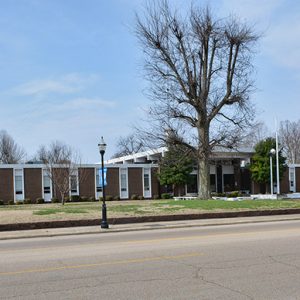 Lawrence County Courthouse
Lawrence County Courthouse
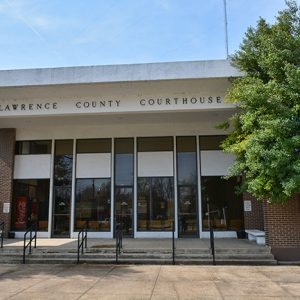 Lawrence County Courthouse
Lawrence County Courthouse
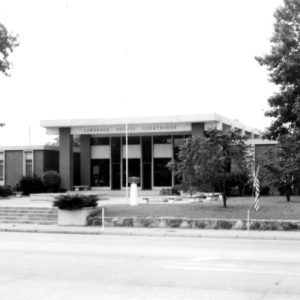 Lawrence County Courthouse
Lawrence County Courthouse
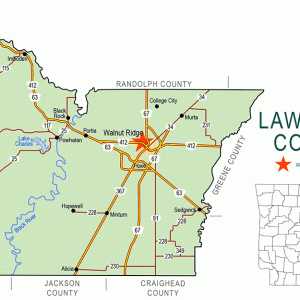 Lawrence County Map
Lawrence County Map
Lawrence Memorial Hospital
 James Lawrence
James Lawrence
Lindsey, Elijah (Eli)
Lynn (Lawrence County)
Minturn (Lawrence County)
 Margarete Neel
Margarete Neel
Northeast Arkansas Regional Archives (NEARA)
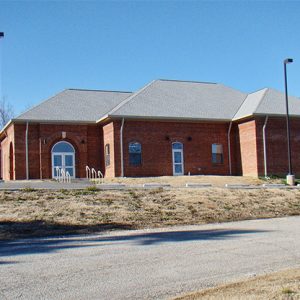 NEARA Building
NEARA Building
 Oaks Little Africa Cemetery
Oaks Little Africa Cemetery
Portia (Lawrence County)
 Portia Bay
Portia Bay
 Portia Depot
Portia Depot
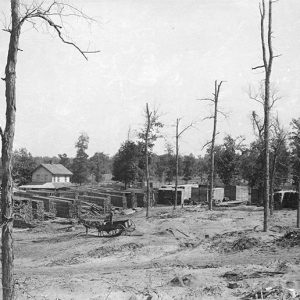 Portia Lumber Co.
Portia Lumber Co.
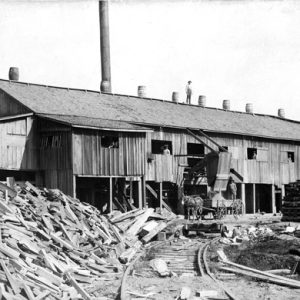 Portia Lumber Company
Portia Lumber Company
Powhatan (Lawrence County)
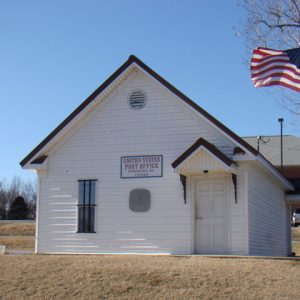 Powhatan Post Office
Powhatan Post Office
Powhatan Courthouse
 Powhatan Courthouse
Powhatan Courthouse
 Powhatan Courthouse
Powhatan Courthouse
Powhatan Historic State Park
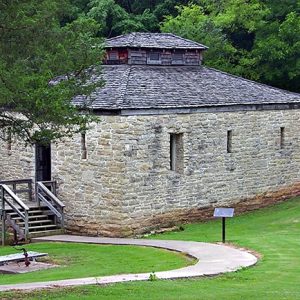 Powhatan Jail
Powhatan Jail
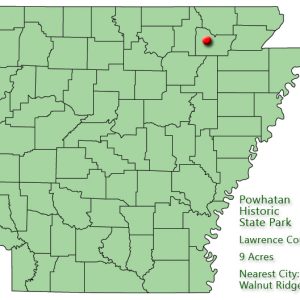 Powhatan Historic State Park: Park Location
Powhatan Historic State Park: Park Location
Powhatan Jail
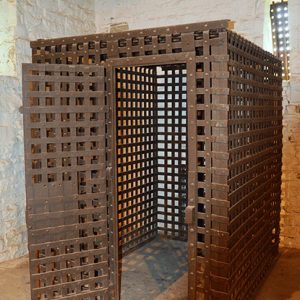 Powhatan Jail Cell
Powhatan Jail Cell
Powhatan Male and Female Academy
aka: Powhatan School House
 Powhatan Male and Female Academy
Powhatan Male and Female Academy
Powhatan Methodist Church
 Powhatan Methodist Church
Powhatan Methodist Church
 Powhatan Methodist Church
Powhatan Methodist Church
 Ravenden Street Scene
Ravenden Street Scene
Ravenden (Lawrence County)
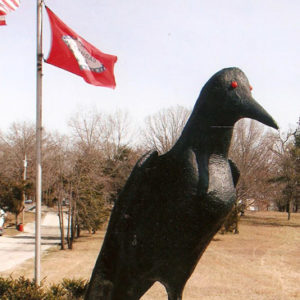 Ravenden's Raven
Ravenden's Raven




